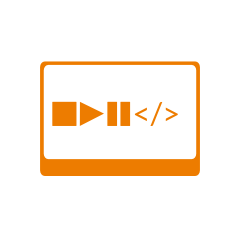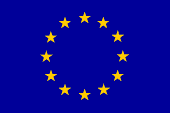
Existing norms for scientific communication are rooted in anachronistic practices of bygone eras, making them needlessly inefficient. In this paper the authors outline a path that moves away from the existing model of scientific communication to improve the efficiency in meeting the purpose of public science - knowledge accumulation. They call for six changes: (1) full embrace of digital communication, (2) open access to all published research, (3) disentangling publication from evaluation, (4) breaking the "one article, one journal" model with a grading system for evaluation and diversified dissemination outlets, (5) publishing peer review, and, (6) allowing open, continuous peer review. They address conceptual and practical barriers to change, and provide examples showing how the suggested practices are being used already. According to the authors, the critical barriers to change are not technical or financial; they are social. While scientists guard the status quo, they also have the power to change it.


 Unless otherwise stated, all materials created by the FOSTER consortium are licensed under a CREATIVE COMMONS
ATTRIBUTION 4.0 INTERNATIONAL LICENSE.
Unless otherwise stated, all materials created by the FOSTER consortium are licensed under a CREATIVE COMMONS
ATTRIBUTION 4.0 INTERNATIONAL LICENSE.
 This project has received funding from the European Union’s Seventh Framework Programme for research,
technological development and demonstration under grant agreement no 612425.
This project has received funding from the European Union’s Seventh Framework Programme for research,
technological development and demonstration under grant agreement no 612425.